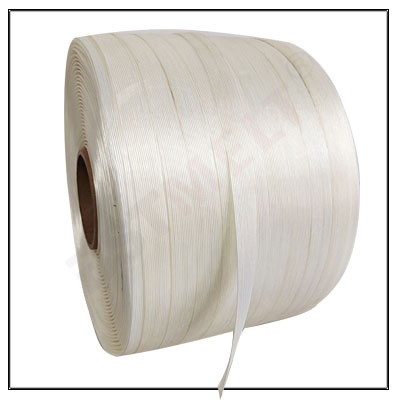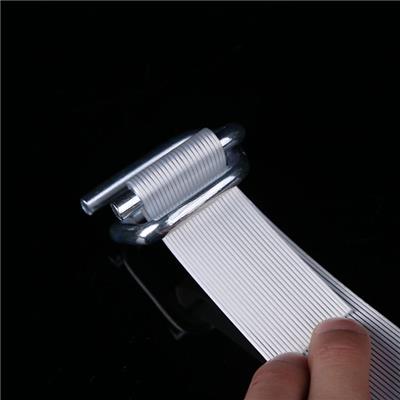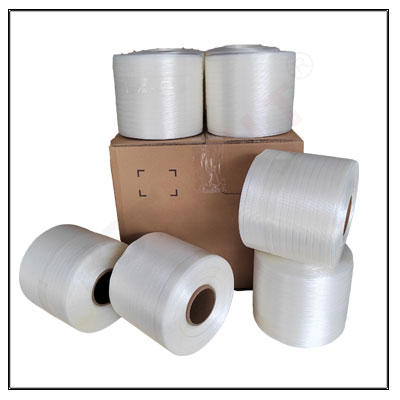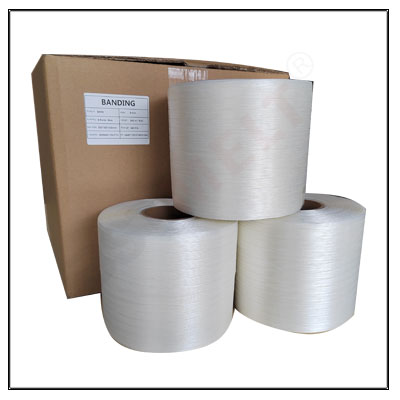The Evolution and Applications of Woven Polyester Banding
Introduction
Woven polyester banding, also known as webbing, is a versatile material that has been in use for various applications for decades. Made from strong and durable synthetic fibers, this woven fabric is known for its high tensile strength, flexibility, and resistance to wear and tear. This article delves into the history, manufacturing process, and diverse applications of woven polyester banding.
The History of Woven Polyester Banding
The origin of woven polyester banding can be traced back to the early 20th century when synthetic fibers were first developed. Initially, polyester fibers were used in the manufacture of clothing, but their strength and durability quickly led to their adoption in other industries. The invention of weaving technology further expanded the use of polyester fibers, leading to the development of woven polyester banding.

Manufacturing Process
Woven polyester banding is manufactured through a process that involves extruding polyester fibers, which are then stretched and drawn to achieve the desired thickness and strength. The fibers are then woven together on a loom, forming a strong and flexible fabric. The process can be customized to produce banding in various widths, colors, and patterns to meet the specific requirements of different industries.
Applications of Woven Polyester Banding
Woven polyester banding has found numerous applications across diverse industries due to its unique properties. Some of these applications include:
1. Industrial Applications: Woven polyester banding is commonly used in the manufacturing of conveyor belts, safety harnesses, and load-bearing straps. Its high tensile strength and resistance to abrasion make it an ideal choice for these demanding applications.
2. Transportation: Woven polyester banding is used in the manufacture of seatbelts, safety nets, and cargo straps in the transportation industry. Its durability and flexibility ensure the safety and security of passengers and cargo.
3. Sports and Leisure: Woven polyester banding is widely used in the production of sports equipment such as bungee cords, straps for backpacks, and kite lines. Its lightweight and strong properties make it an ideal material for these applications.
4. Fashion and Accessories: Woven polyester banding is used in the manufacture of fashion accessories such as belts, straps for handbags, and shoe laces. Its versatility and ease of customization make it a popular choice among fashion designers.
5. Home and Garden: Woven polyester banding is used in the production of garden hoses, pet leashes, and outdoor furniture straps. Its durability and resistance to weather conditions make it a suitable material for these applications.
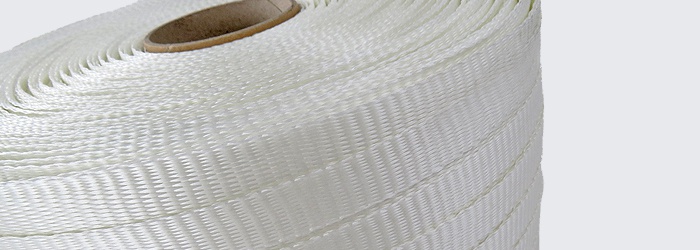
Conclusion
Woven polyester banding has evolved over the years to become a versatile and essential material in various industries. Its unique properties, such as high tensile strength, flexibility, and resistance to wear and tear, have made it an indispensable choice for numerous applications. As technology continues to advance, the potential applications of woven polyester banding are expected to expand further, solidifying its position as a crucial material in modern society.
